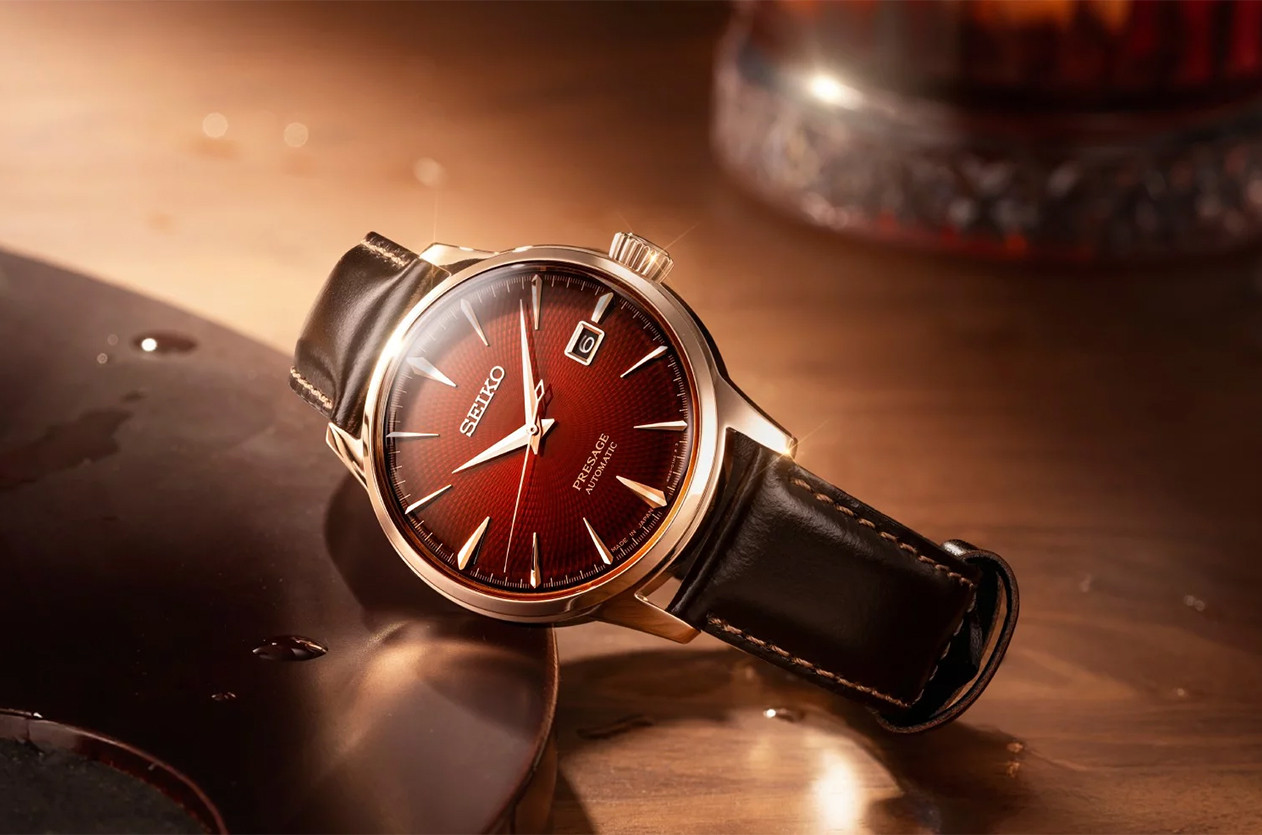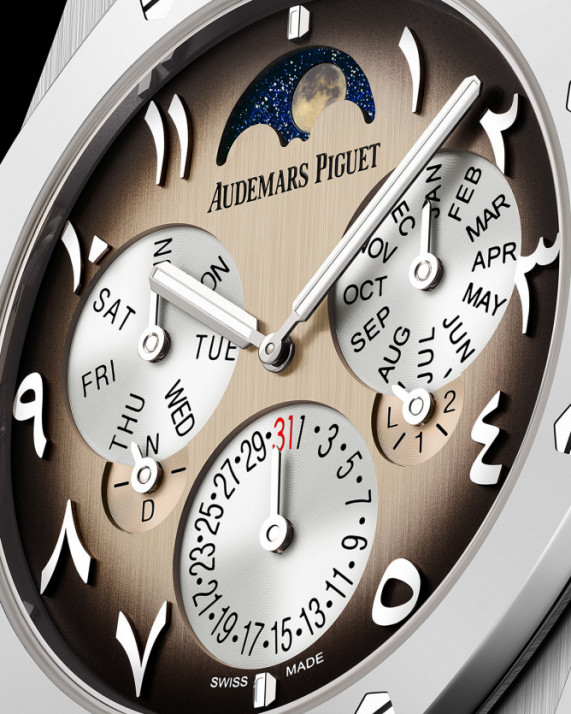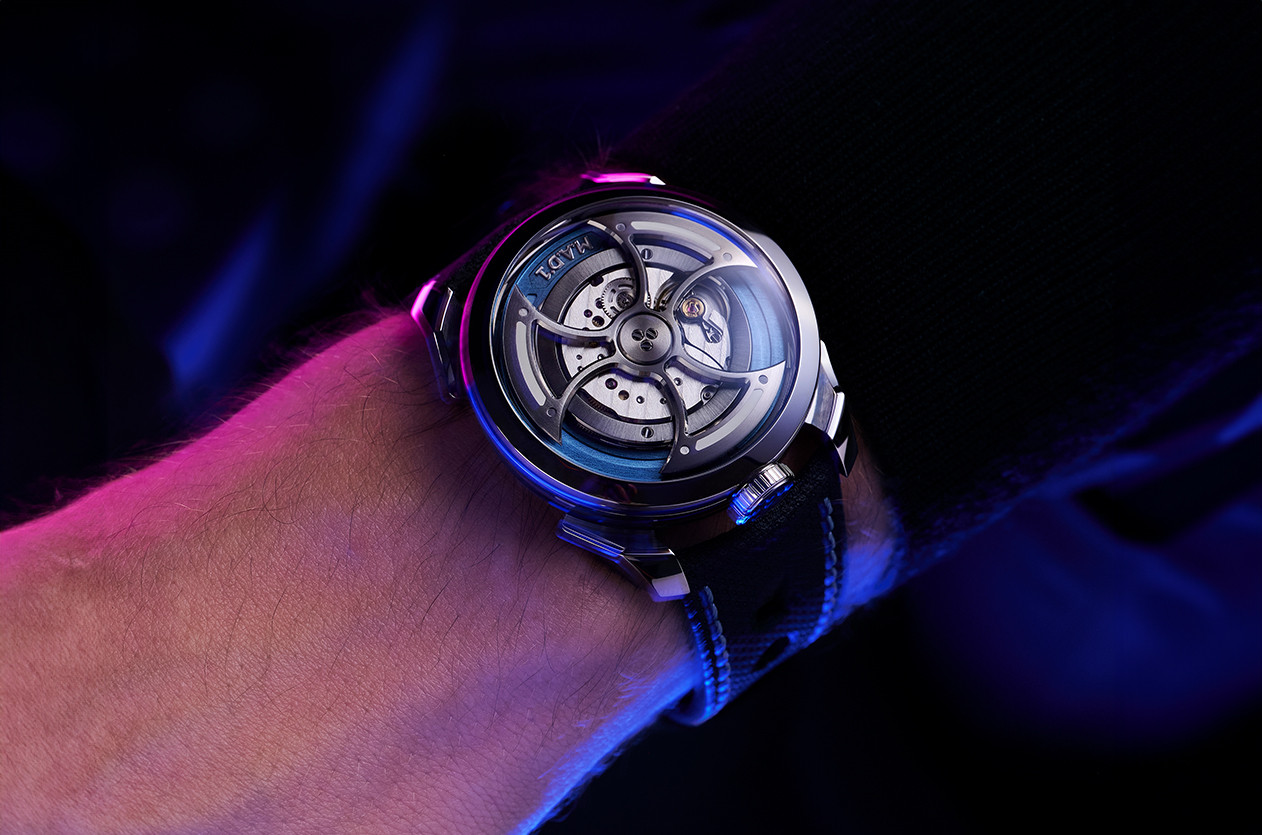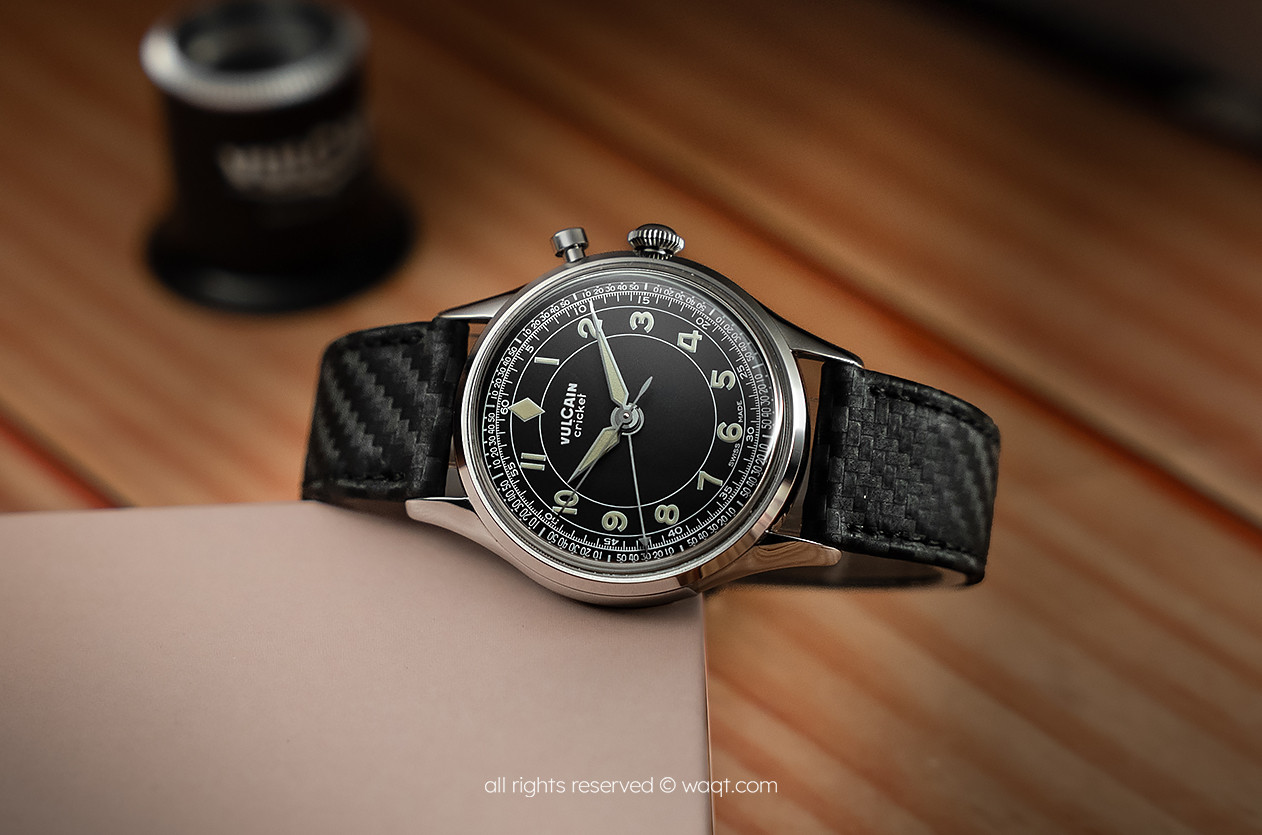
Introducing Seiko Unveils the Presage Cocktail Time SRPL96J “The Conte”
Welcome to the hub of the horoloy
A century leap year refers to a specific year within a century that is considered a leap year in the Gregorian calendar. Normally, a leap year occurs every four years, but there is an exception for century years. According to the rules of the Gregorian calendar, a century year is only considered a leap year if it is divisible by 400. This means that years such as 1600 and 2000 are leap years, while years like 1700, 1800, and 1900 are not. This rule helps maintain the accuracy of the calendar system and ensures that the length of a year remains consistent over time.


News Dubai Watch Week 2025 Will Be the Largest Ever with 90 Brands Participating

Technical The Frequency, Why It Matters in Mechanical Watches

Editorial The Secrets of Watch Case Design

Editorial Abraham-Louis Breguet, The Father of Modern Horology

Introducing MB&F Unveils the New Generation of Its Famous Collection the M.A.D.1S

Hands on Vulcain Cricket Classic 39mm Black & Khaki